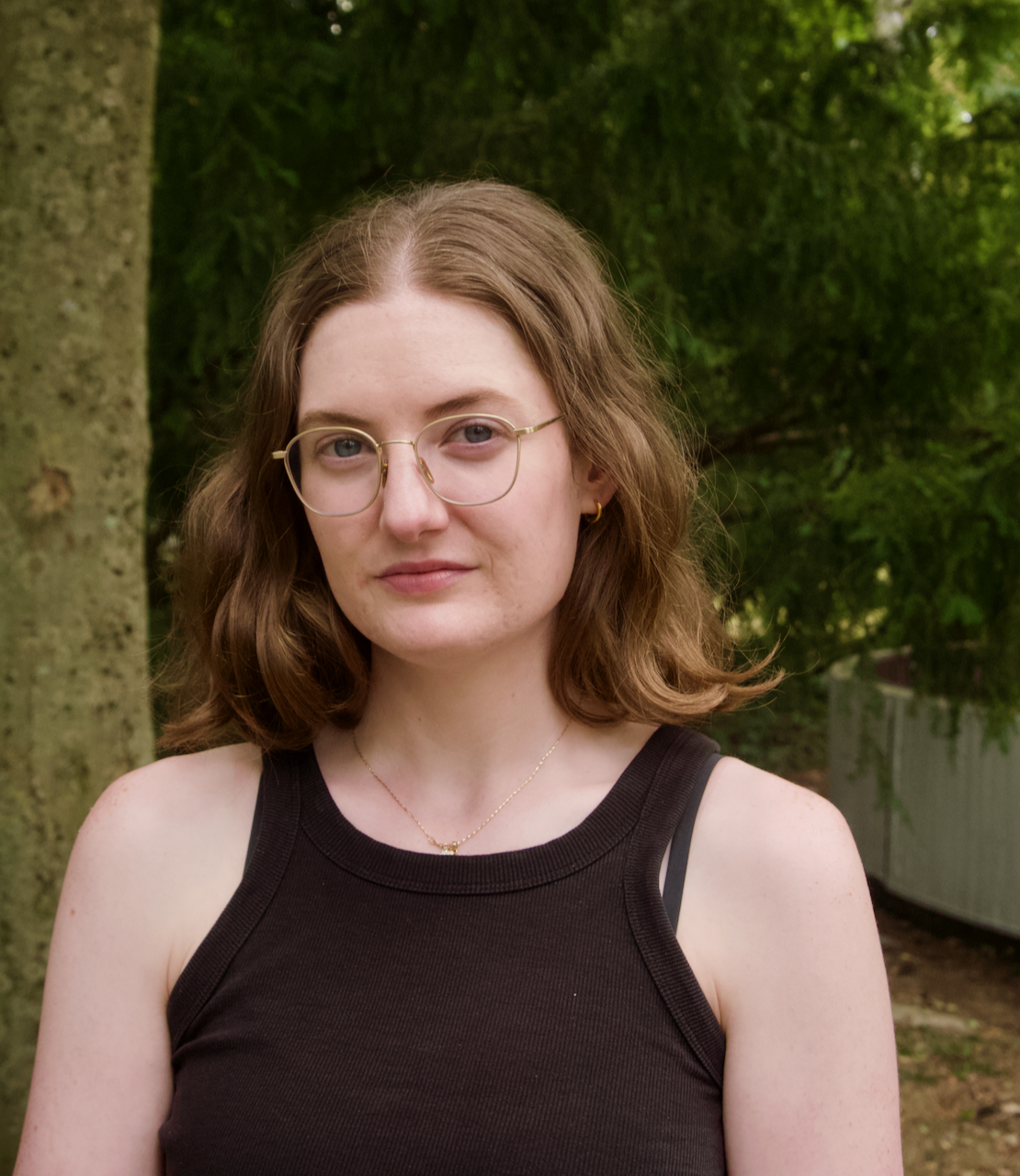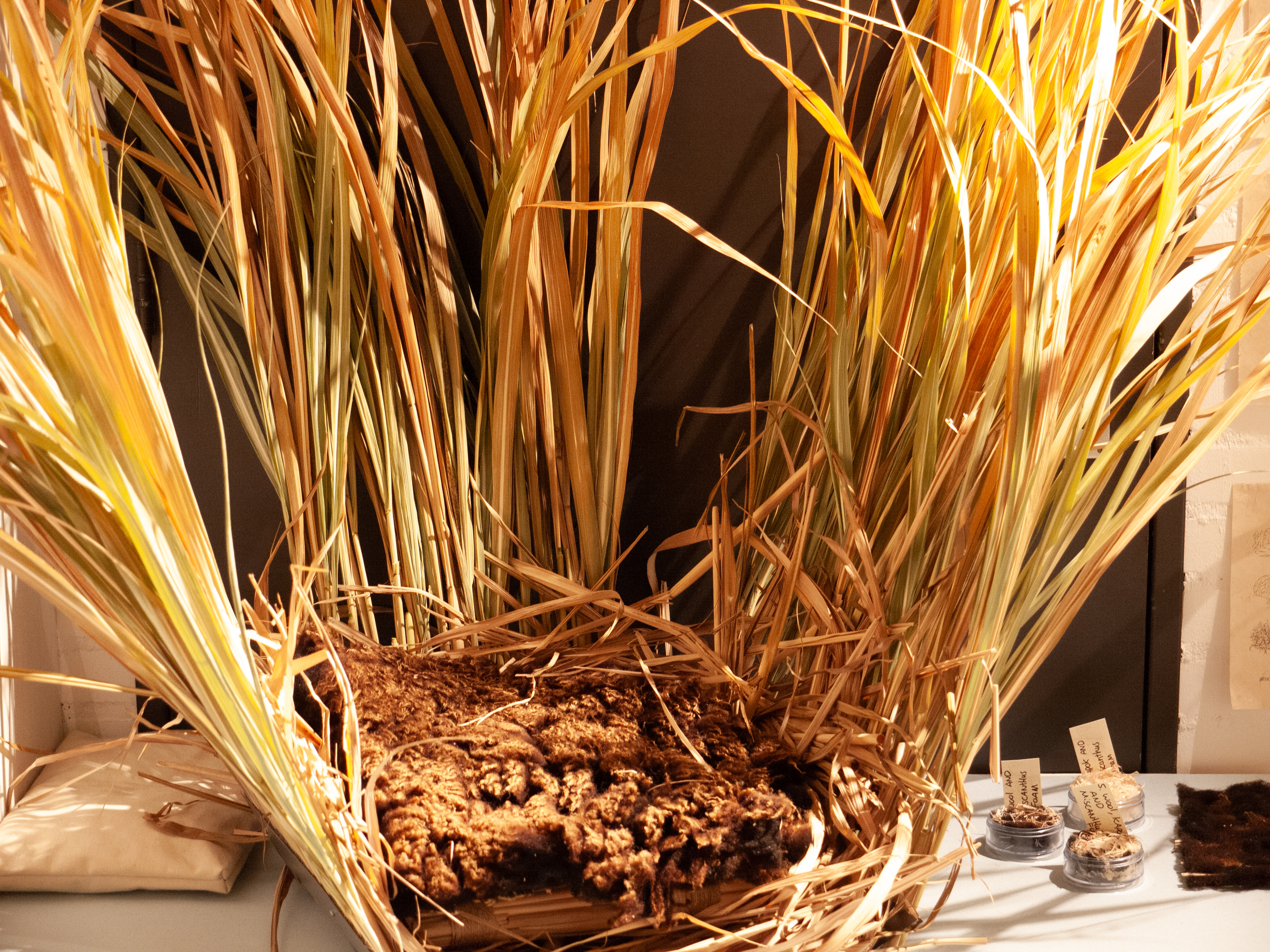Isa is an interdisciplinary artist and interior architect currently studying in the MIARD program. Iza's practice combines installation, scenography, and spatial research, focusing on the tensions between bodies, spatial systems, and speculative realities. Iza is particularly interested in overlooked or highly regulated urban areas — places that escape dominant tourist imaginaries or reveal the mechanics of socio-political control.
Graduation Project
My graduation project explores the beach as a site of instability, contradiction, and resistance to commodified tourist narratives. It was triggered by an overwhelming encounter with sea foam along the North Sea coast — a moment after which I began to treat sea foam as both metaphor and material: unpredictable, temporary, and emotionally charged. I developed a series of speculative installations combining agar agar, 3D-printed hybrids of foam and scanned body parts and video. The work questions the cultural image of the beach as a tourist product, challenges constructs of “beauty” and “ugliness,” and points to the social and spatial inequalities hidden beneath the surface of so-called paradise..
Process and Challenges
One of the main challenges for me was working with unstable materials such as sea foam and agar — substances that resist control and predictability. This became especially demanding when I began working with large-scale, multi-meter installations, which require months of precise work and patience — and perseverance hasn’t always been my strongest trait. At the same time, the entire process of developing the project was a challenge: I tried to find a balance between form and openness, without simplifying the complexity of the phenomenon.
What excites me most is how much can be discovered by focusing on a single, seemingly simple element — in my case, sea foam. This constraint opened up a surprising richness of textures, behaviors, and meanings.
At this stage, my biggest challenge is deciding when to stop, how to select the most significant elements, and how to justify the presence of each one.
Academic Journey
My experience at WdKA has been exactly what I hoped for. I was able to try out most of the things I had always been curious about, and the access to different stations and facilities was invaluable. Before coming here, I had no idea I would enjoy working with glass or heat-bending plastic — but through experimentation, I discovered my favorite materials and processes.
I also developed a strong foundation of technical skills, while the MIARD program’s emphasis on theory and research helped me become much more articulate and confident in describing what I do and what I want to pursue in the future. Looking back, I can clearly see how much I’ve grown — not just as an artist or designer, but as someone who can critically reflect on their practice and position it within a broader context.
Preparation and Support
The MIARD program helped me reframe how I see and talk about my work. I learned to start from what I know and build complexity gradually, which kept me from getting stuck. Regular presentations pushed me out of my comfort zone — I used to find it hard to speak about my projects, but now it feels much more natural.
My tutors helped me notice things I would’ve otherwise missed, and their guidance was essential in shaping this final project.
Future Plans
Right after graduation, I’m planning to take a short break — and then focus on finding a studio and continuing my practice. In the first year, I want to work freelance in set design and interior-related projects, while also developing more interdisciplinary collaborations, including virtual environments and artistic installations.
For the next one or two years, I want to stay active in the field and explore different directions. After that, I might consider applying for a PhD — but I’m still figuring out what path feels right for me long-term.
Conclusion
My advice would be: don’t be afraid to move between disciplines. I often find myself contextualizing things through different spatial perspectives, and MIARD is an incredible program for that — truly interdisciplinary, with a unique and open-ended approach to design and research.
If you stay curious and use the program as a space to explore, rather than to define everything too quickly, it can really expand your way of thinking and making.


